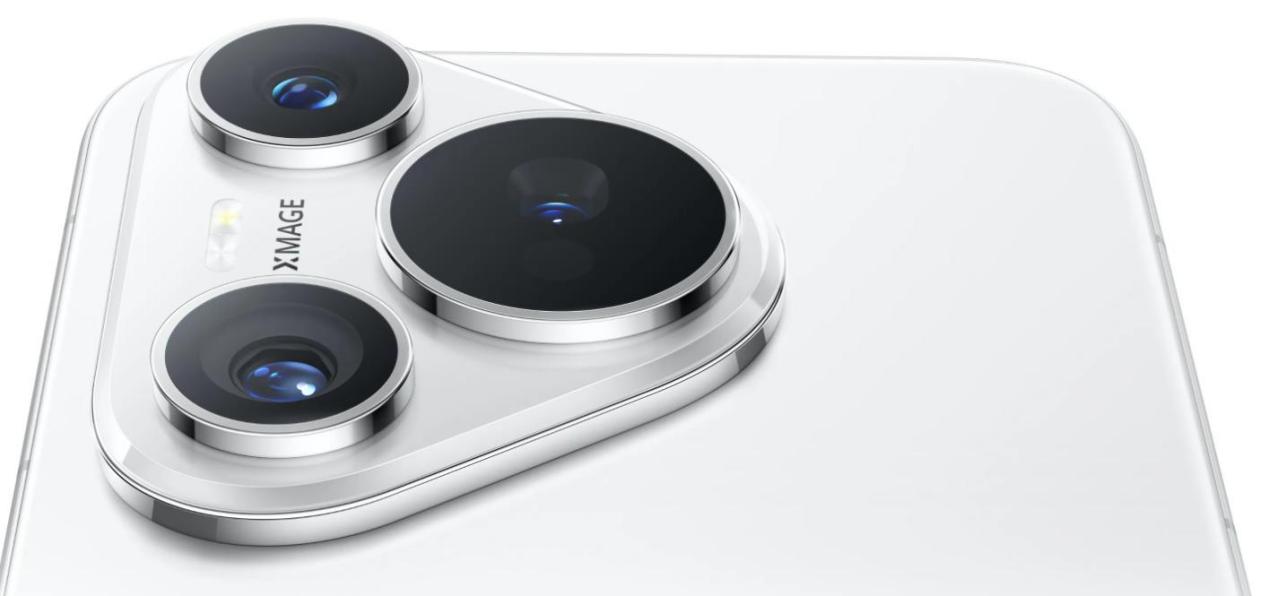Recent years, the rapid advancement of smartphone technology has transformed the way we capture and share moments. With high-resolution cameras, powerful image processing capabilities, and an array of photography apps, smartphones have become indispensable tools for amateur enthusiasts and professional photographers alike. As smartphones continue to push the boundaries of innovation, a pertinent question arises: Will smartphones eventually replace traditional cameras?
1. The Rise of Smartphone Photography
The emergence of smartphones as viable alternatives to traditional cameras can be attributed to several factors. Firstly, the convenience and portability of smartphones make them ideal companions for capturing spontaneous moments on the go. With smartphones readily available in pockets and purses, users can seize photo opportunities at a moment's notice without the need for bulky camera equipment. Moreover, advancements in smartphone camera technology have narrowed the gap between smartphones and traditional cameras in terms of image quality. such as the HUAWEI pura 70, which gets the new-generation super-concentrating main camera, F1.4-F4.0 variable aperture, 1/1.3-inch sensor, large amount of light, capturing moments; 5x optical zoom periscope telephoto, 100x zoom range 1, close-up Enjoy the distant view.

2. Versatility and Accessibility
Another key advantage of smartphones is their versatility and accessibility. In addition to serving as cameras, smartphones are multifunctional devices that offer a myriad of features and capabilities. From social media integration and instant photo editing to cloud storage and online sharing, smartphones provide users with a seamless and integrated photography experience. Furthermore, the proliferation of photography apps and accessories for smartphones has expanded the creative possibilities for users. With a vast array of filters, effects, and editing tools available at their fingertips, smartphone photographers can unleash their creativity and personalize their images to their liking.
3. Limitations of Smartphones
Despite their numerous advantages, smartphones still have limitations that prevent them from completely replacing traditional cameras. One of the primary limitations is the size of the image sensor. While smartphone sensors have improved significantly over the years, they still lag behind the larger sensors found in dedicated cameras in terms of light sensitivity and dynamic range. Additionally, the physical constraints of smartphone design, such as fixed focal lengths and limited manual controls, can hinder the creative flexibility and precision desired by professional photographers. While smartphone manufacturers have introduced features like portrait mode and night mode to address these limitations, they may not fully satisfy the needs of advanced users.
4. The Future of Photography
While smartphones have undoubtedly democratized photography and empowered users to capture and share moments like never before, traditional cameras continue to hold a place in the hearts of enthusiasts and professionals. For certain applications, such as professional photography, cinematography, and specialized imaging tasks, dedicated cameras offer unparalleled performance and versatility. However, as smartphone technology continues to evolve, it is conceivable that smartphones will continue to encroach upon the territory traditionally dominated by cameras. With advancements in computational photography, artificial intelligence, and augmented reality, smartphones have the potential to revolutionize the way we perceive and interact with the world around us.

Conclusion
In conclusion, while smartphones have become formidable competitors to traditional cameras, they are unlikely to completely replace them in the foreseeable future. Both smartphones and cameras serve distinct purposes and cater to different user needs and preferences. While smartphones excel in convenience, accessibility, and everyday photography, traditional cameras offer superior image quality, versatility, and control for demanding applications. Ultimately, the coexistence of smartphones and cameras will continue to shape the future of photography, offering users a diverse range of tools and technologies to express their creativity and capture life's moments.
